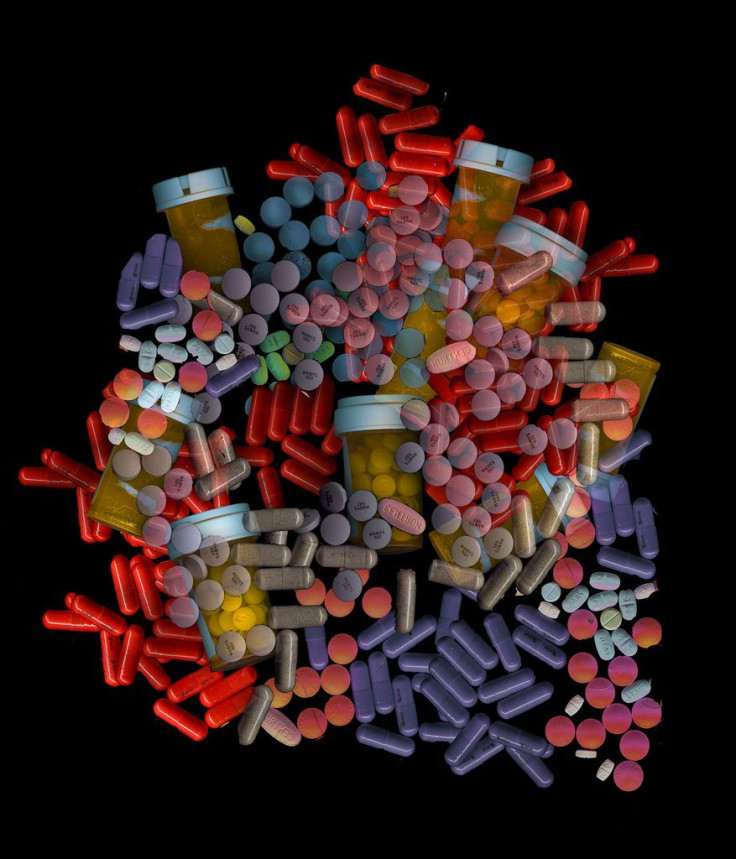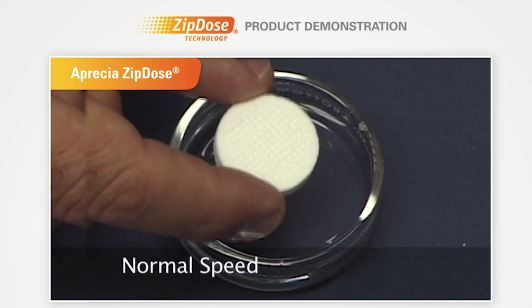FDA Approves First Ever 3D-Printed Epilepsy Drug From Aprecia; Set To Create More Central Nervous System Pills

The Food and Drug Administration (FDA) approved a three-dimensional (3D) printed drug, Spritam (levetiracetam), for the treatment of seizures in adults and children with epilepsy. Drug-maker, Aprecia Pharmaceuticals Company, reported yesterday it is the first company to use this technology to develop and manufacture an approved drug at commercial scale.
Privately-owned Aprecia said it plans to introduce multiple products using its ZipDose Technology, focusing first on central nervous system drugs. The technology, which originated in part at MIT, makes use of 3D printing to manufacture a porous formulation that rapidly disintegrates with a sip of liquid. The company holds an exclusive license for pharmaceutical applications of the technology, which enables a high drug load, up to 1,000 mg in a single dose.

This innovation enhances patient experience, the company stated in a press release. Children and the elderly may have trouble swallowing a large pill or taking multiple pills throughout the day. In a recent survey of epilepsy patients, more than half (66 percent) admitted having missed or skipped a dose of seizure medication during the past month. Failure to take anti-epileptic drugs could result in seizures. Even the largest strengths of the new 3D printed drug will dissolve with a mere sip of liquid, Aprecia said, and no measuring is required since each dose is individually packaged.
Spritam is expected to be available in the first quarter of 2016.
3D Printing: Beyond Plastic Tchotchkes
In a 2012 TED Talk, Professor Lee Cronin discussed 3D technology and the future of medicine. His vision of the future focused on the discovery process yet also included these predictions: “You don't need to go to the chemist anymore. We can print drugs at point of need. We can download new diagnostics.”
Many analysts believe 3D technologies will impact, most immediately, the drug discovery phase. The ability to print human tissues and human organs on which to test new medications will eliminate less accurate animal or synthetic models. New 3D technology will also eliminate the need for expensive prototype fabrication costs. Other visionaries imagine a future where doctors no longer write prescriptions, instead provide algorithms that allow patients to print their own medication at home.
Naturally, critics of 3D printing see the potential for abuse and harms. If you possess the ability to print a pharmaceutical drug at home, you also can print illicit drugs. And, as this article in Forbes suggests, malware or a virus could impact the printing process and produce a harmful drug.
Epilepsy is a disorder of the brain that causes seizures. The Centers for Disease Control and Prevention estimates nearly three million people in the United States have been diagnosed with active epilepsy. An estimated 460,000 of those cases occur in children. The primary sign and symptom of epilepsy is a seizure. In some instances, seizures look like staring spells, while in other instances, seizures cause a person to fall, shake, and lose awareness. Epilepsy may be caused by stroke, brain tumor, brain infection, or a genetic disorder, yet there is no known cause for two out of every three patients with epilepsy.



























